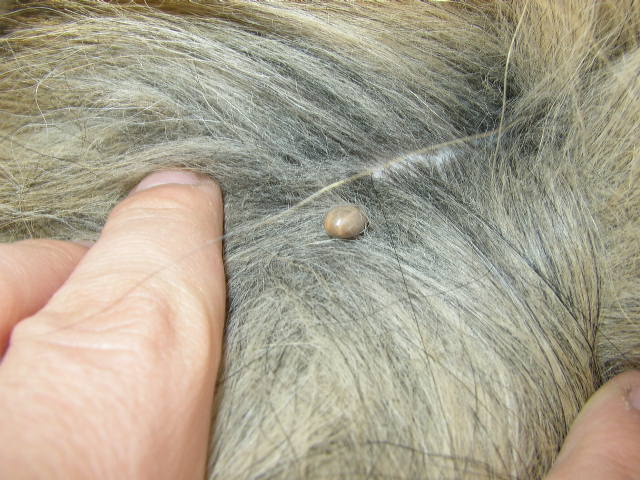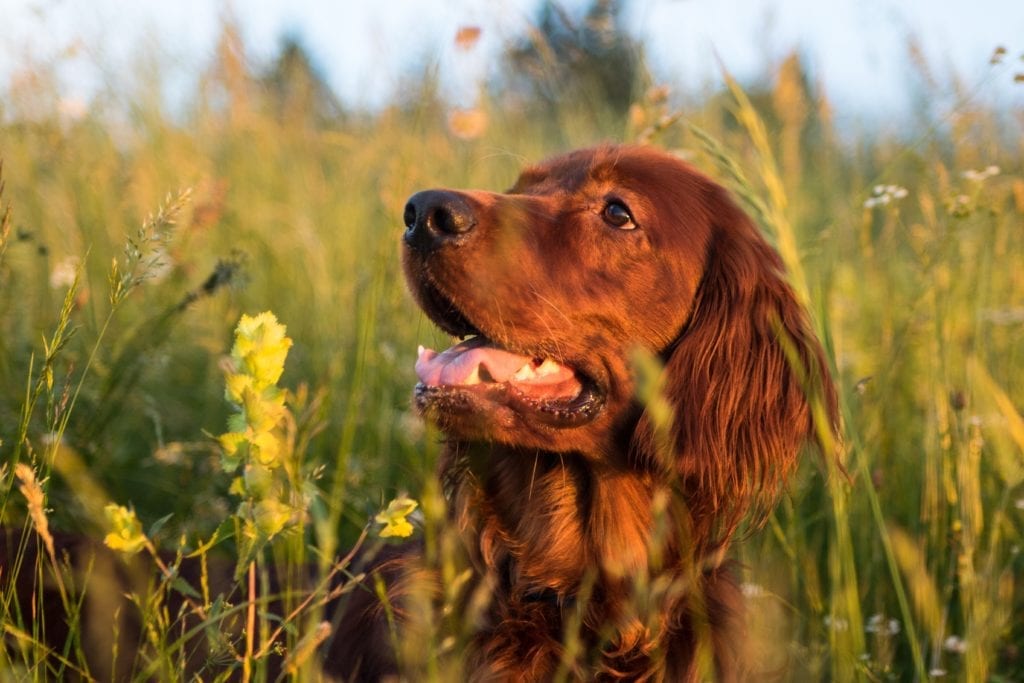Ticks and How They Can Affect Your Dogs Health

Sadly, tick paralysis is one of the most common but preventable causes of death in dogs and cats in Victoria, NSW and Queensland.
It is estimated that 10,000 dogs are bitten by paralysis ticks in Australia each year, with 500 of them dying from the bite. If caught early, the chances of survival are much higher and vet bills can remain low.
While ticks may be tiny, it’s extremely important to take them seriously.
What are ticks?

Ticks are tiny little parasites that suck blood from a ‘host’ animal. The paralysis ticks, Ixodes holocyclus, can cause paralysis or death in dogs. Other non-venomous tick bites will cause irritation or discomfort. Ticks can also carry and transmit blood-borne diseases.
Paralysis ticks inject a neurotoxin when they bite that enters the bloodstream of a host and causes progressive muscle paralysis, leading to respiratory failure.
Where do ticks live?

Paralysis ticks are found along the eastern seaboard of Australia, including Melbourne, Sydney, Brisbane and parts of Tasmania. They are not common in South Australia, Western Australia or the Northern Territory but that doesn’t mean they don’t exist there.
Ticks can live in cities as well as the bush. They live in a variety of places including long grass (which they crawl up before attaching onto your dog), pet bedding and kennels.
Why using natural dog shampoo is important with ticks?
Pet grooming is an important part of your defence against ticks. Because checking for ticks takes more than just a visual check – even for short-haired dogs – you can use pet grooming as your opportunity to make sure your pup is tick-free.
We encourage you to incorporate our Houndztooth grooming products as part of your grooming routine.
With a lemon myrtle and peppermint blend, Hugo’s Blend No 1 smells delicious. It also uses Australian banksia extract and virgin coconut oil to clean, condition, moisturise and nourish your dog’s skin.
With a Manuka honey and almond oil blend, Stella’s Blend No 2 harnesses the power of lavender rosemary and paperbark essential oils to clean, condition and balance sensitive skin.
Charlie’s Blend No 3 uses a combination of green tea and Australian almond oil mixed with lemon myrtle, fir needle and lavender to provide a rich scent and powerfully nourish your dog’s skin and coat.
When you are grooming your pup, run your fingertips across the skin, checking for any small lumps. Run a fine-toothed tick and flea comb through your dog’s coat, making sure you go right to the skin, looking out for any ticks that get caught in the comb. Don’t forget to check between the toes, inside the ears, inside the legs and around your pooch’s collar too.
Speak to your vet about a tick preventative that is right for your dog.
What are the symptoms of tick bites?

An early sign of tick paralysis is a softening in your dog’s bark due to a weakening of the throat muscles. After this they may develop any of the following:
- Vomiting/regurgitation
- Loss of appetite
- Gum discolouration
- Coughing
- Tiredness or lethargy
- Dilated or constricted pupils
- Wobbly hind legs
- Change in breathing sound
- Inability to move (complete paralysis of all legs)
- Inability to blink
What do I do if I find a tick on my dog?
Firstly, call the vet and ask them for their advice. There is an ongoing debate amongst veterinarians about the best way to remove a tick, and the method below may not be what your dog’s vet recommends. Seeking up-to-date and expert veterinary advice could make all the difference in a serious situation.
After the tick has been removed, your dog must be seen by a vet. Even if your best friend is behaving perfectly normally, it may become paralysed hours or even days after the bite due to residual toxin in the bloodstream. Wounds from tick bites can develop a secondary bacterial infection that, if left uncleaned or untreated, can become nasty.
